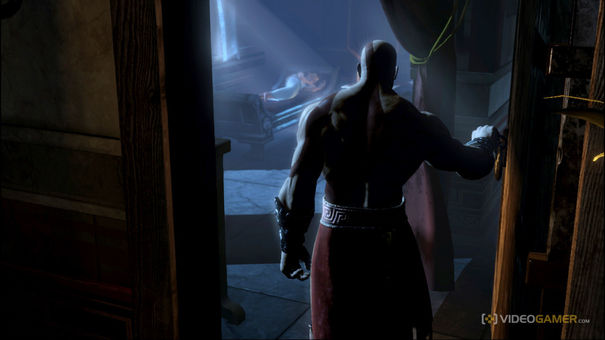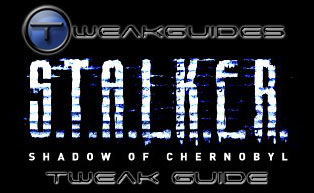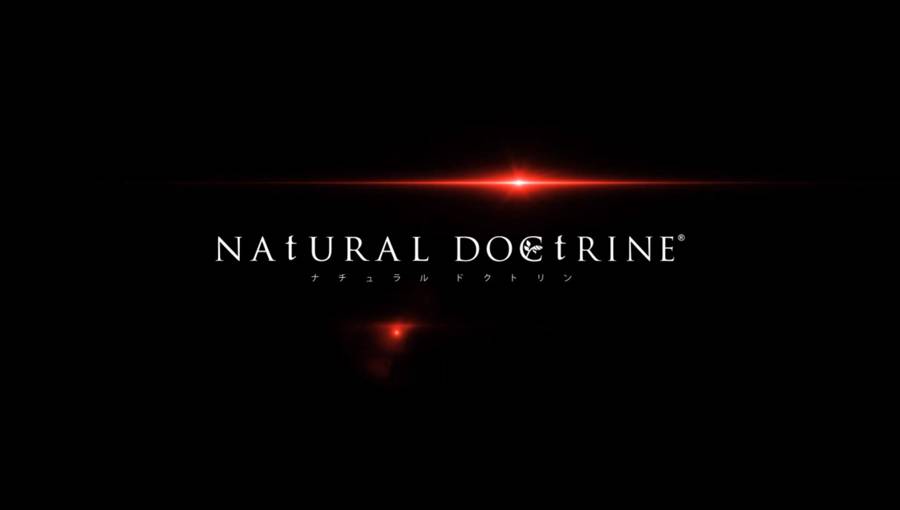There is a requirement that plants have in Minecraft that I haven’t discussed as much yet- light. There is a good reason for that, however.
All plants, including the otherwise minimum-requirement trees, need light to grow. This light can be blocked out by any sort of block overhead short of glass. Even leaves will completely block out sunlight if there are enough layers (keep that in mind when you’re trying to anticipate where monsters will linger after daybreak on the surface). This means that doing things like planting wheat or melons alongside your trees isn’t so great an idea. But there’s more to it than that.
Plants will grow with torchlight as well as sunlight. That means that not only can you get your plants to grow faster by keeping them well-lit, you can also use torchlight (or other sources of light) underground to grow crops if you don’t like returning to the surface regularly.
When you’re farming underground, it’s pretty easy to keep the distance between your torches small enough to light your crops. Mostly because it’s always dark underground anyways- since you’ll be planting torches every time you enter an area that seems a bit too dark anyway, you can be sure that you’re keeping your crops well-lit. Remembering the distance you use underground will help you to space out your torches adequately aboveground to both keep your crops in the light and prevent monsters from spawning in the middle of your fields.
You do want to keep your crops in the torchlight though. While torchlight (or other light) is not as effective at making crops grow as sunlight, it still helps. While crops on the surface will grow faster than crops growing in a torchlit room underground, crops that are both aboveground in the sun and clearly lit with other sources will grow faster than both of them, yielding harvests more often. Because of this, it can be to your advantage to grow multiple small fields rather than one big one, for the ease of keeping the entire growing area in the brightest light available at all times.
This has a few other advantages as well.
Having your field well-lit, especially if it’s fenced in, gives you a place you can stay during the night and still be outside, if you want that for some reason. Well-laid fields can even provide you a protected route to your house if you are able to reach them and not the front door before monsters spawn for the night. Because of this, some people will spread their fields out in a long string, especially if they’ve started their mining away from their home structure.
Besides these, a protected and lit farm can give you a place to sit and snipe monsters. Since your melee attack reach is greater than most mobs, you can usually stand behind a fence around your field and beat up incoming zombies with impunity. Watch out for spiders, though, since they can still climb over your fence. You can also use the edges of your farm as a kind of impromptu archer’s barricade, and launch arrows at unsuspecting mobs in the dead of night.
In both cases, the strategy only fully works against zombies and creepers, though. The ranged attacks on skeletons are nasty, since they tend to be shot over fences, and can keep fields with a single-piece high fence from being all that secure. Spiders can climb fences just as easily as walls- without some sort of preventative measure, there’s really nothing to stop them from clambering over the fence to get at you. A little construction work can avert both problems, though it will generally mean not being able to attack monsters from inside your farm. It’s really up to you which way to protect your crops, but it’s always important to remember that a safe place is a safe place, and a safe place in your well-lit wheat field is a safe place with infinite food that grows that much faster.
Not a bad thing to have access to.






 Diablo III - How / Where to Find the Secret Levels
Diablo III - How / Where to Find the Secret Levels Sleeping Dogs Dockyard Heist Mission Walkthrough - GamersHeroes
Sleeping Dogs Dockyard Heist Mission Walkthrough - GamersHeroes STALKER: Shadow of Chernobyl Tweak Guide
STALKER: Shadow of Chernobyl Tweak Guide Lost Planet 3 Achievements & Trophies Guide
Lost Planet 3 Achievements & Trophies Guide Natural Doctrine Guide: Death Gorge Guide
Natural Doctrine Guide: Death Gorge Guide